The Magnificent Facekinis of Qingdao
Chinese women hide their natural beauty behind a colorful, mysterious beauty of another kind
Facekinis—colourful, summery takes on the balaclava—are very popular among the women on the beaches of Qingdao on the east coast of China. They help to maintain the pale, white complexion considered delicate and feminine in a culture where dark skin is associated with the outdoor labour of the lower classes. They also make beachgoers feel more anonymous, especially elderly women who might otherwise be reluctant to display their bodies in revealing swimwear.
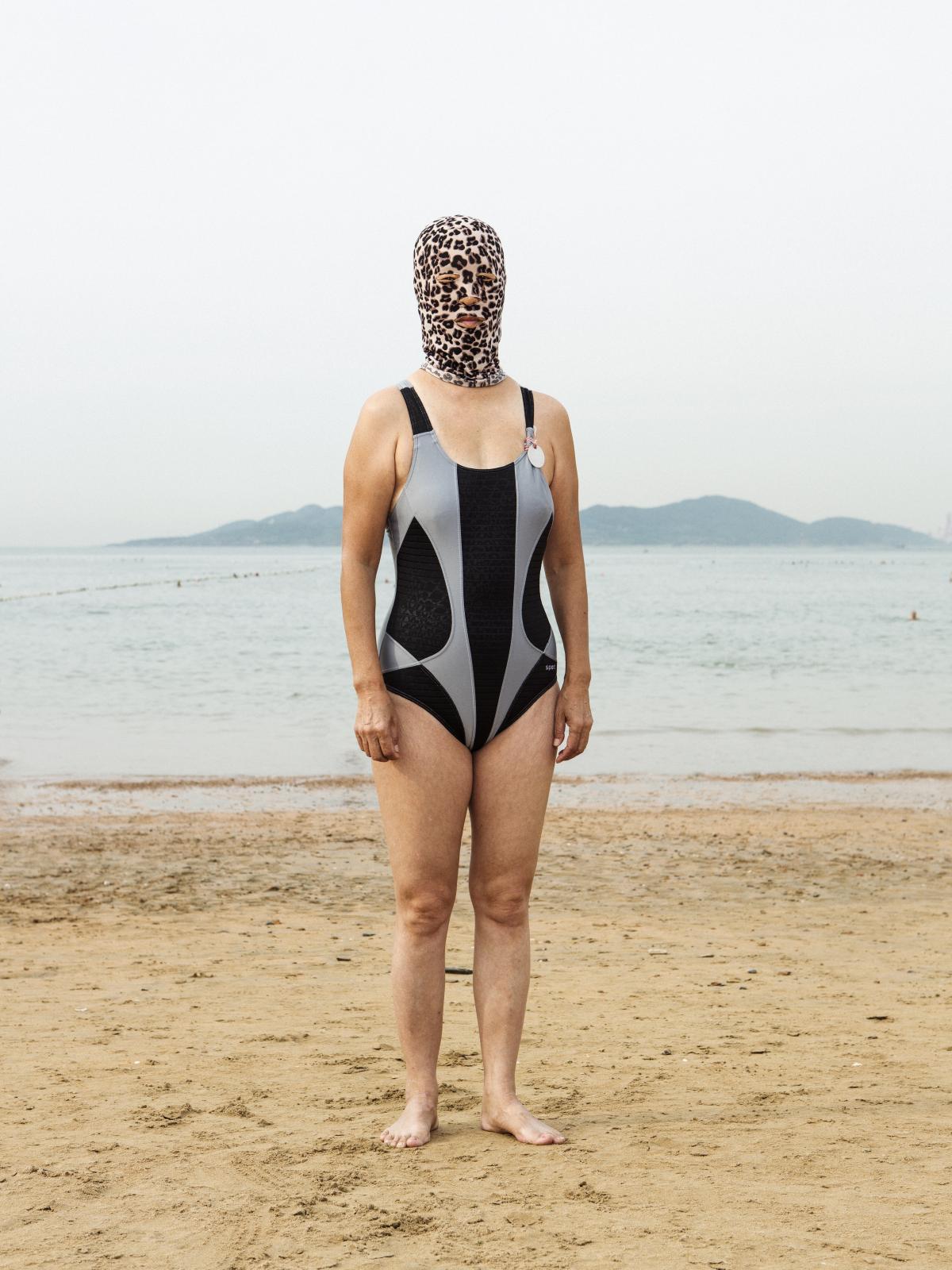
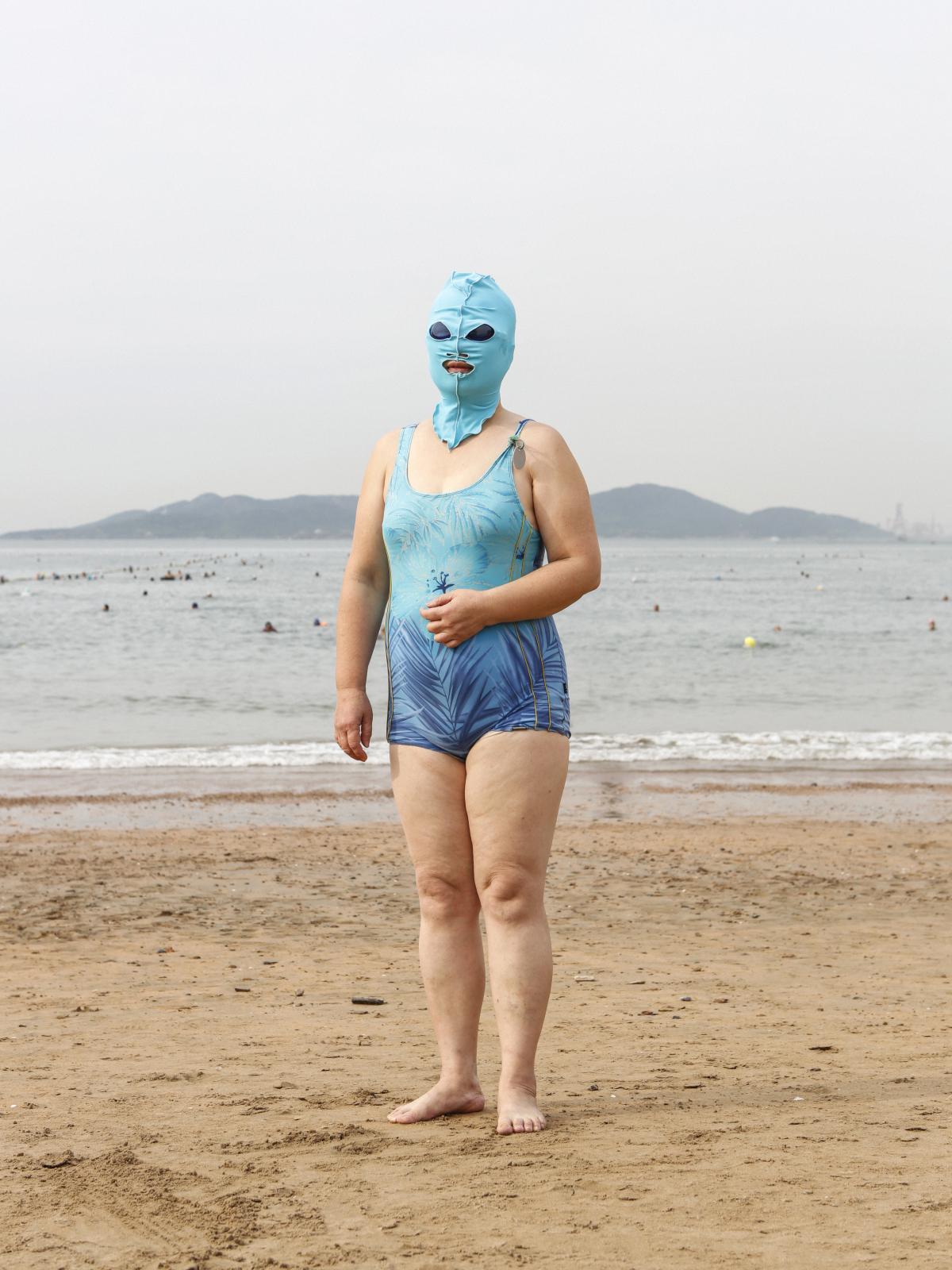
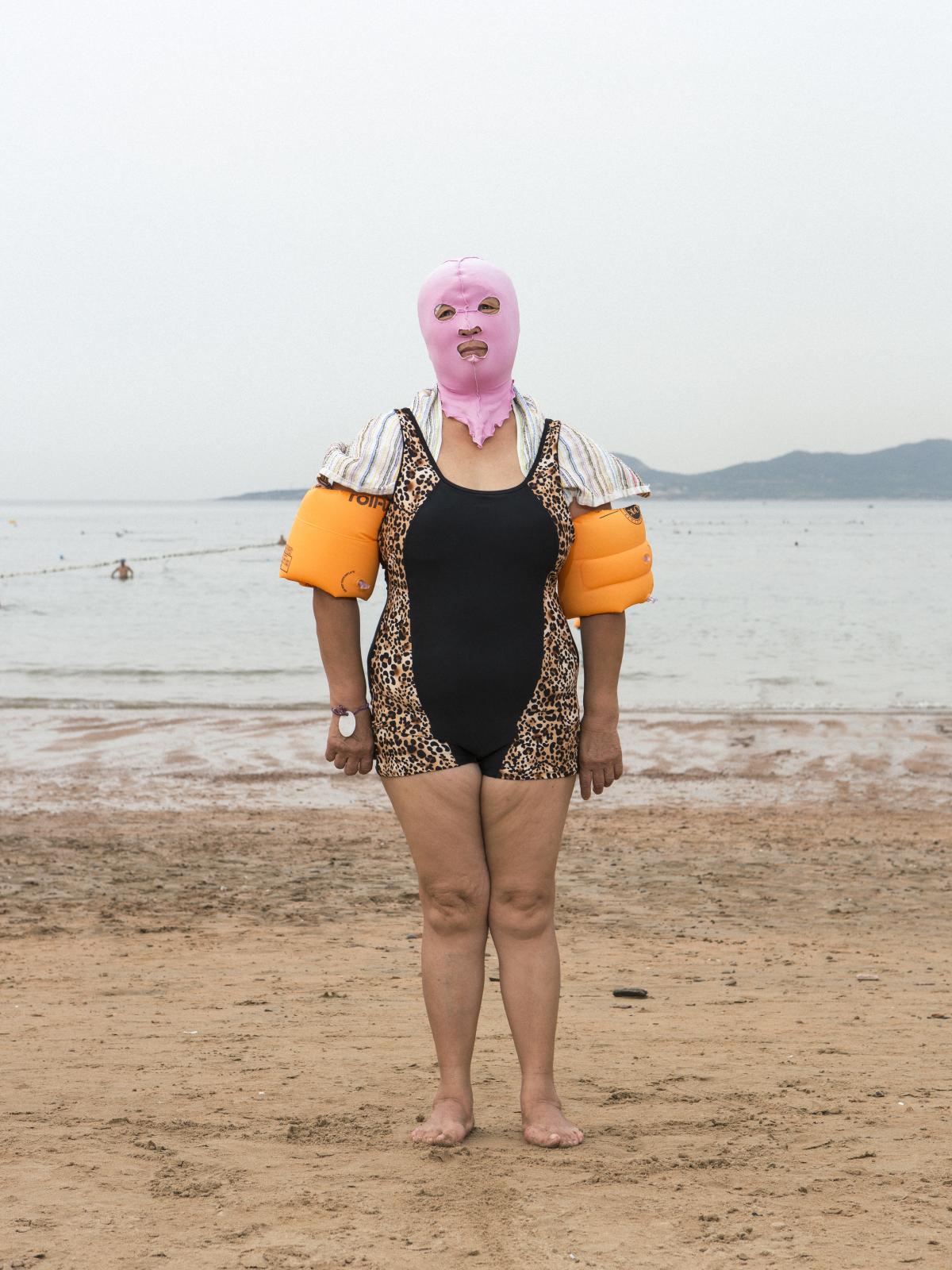
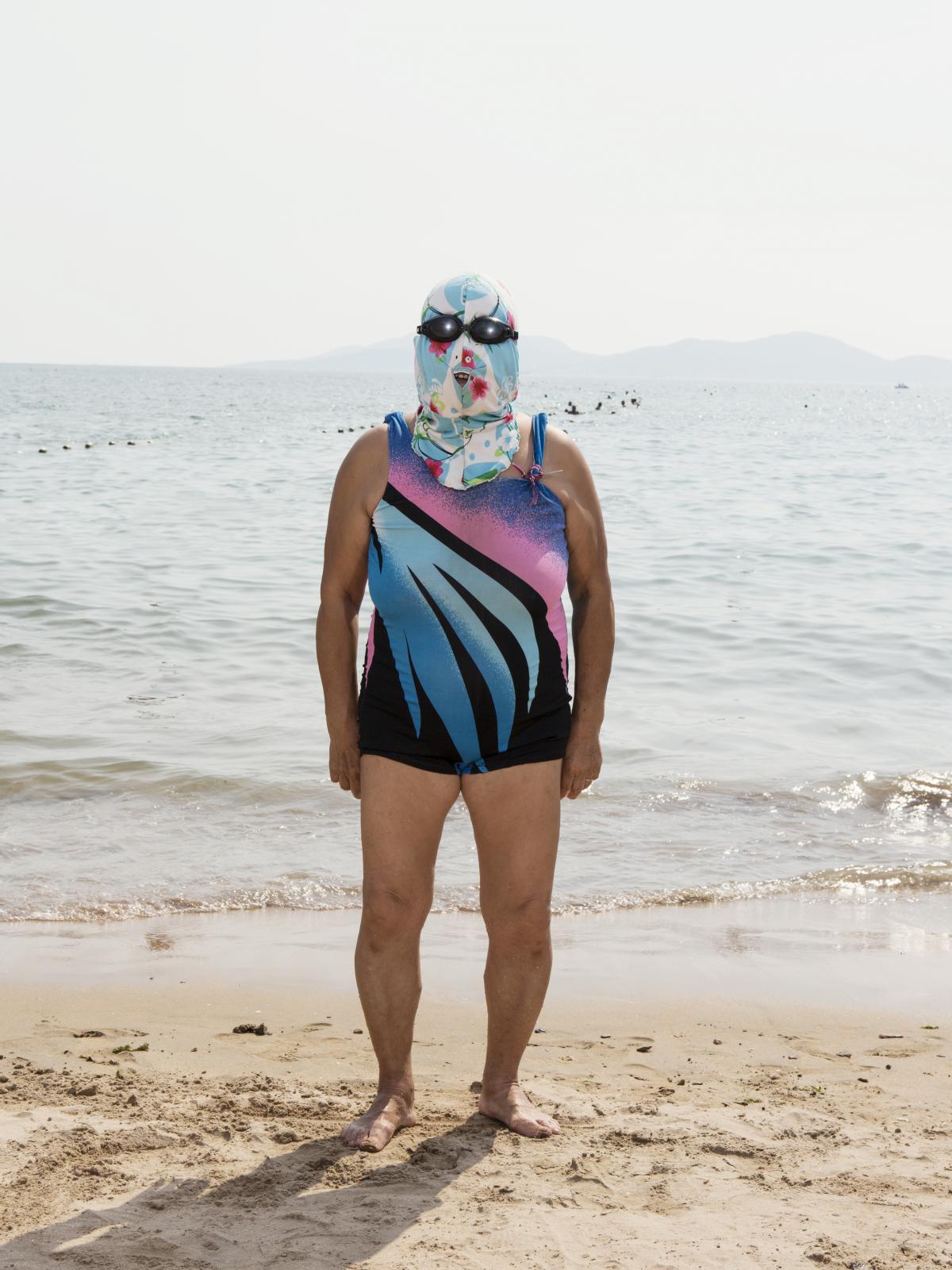
Furthermore, Qingdao’s beaches suffer from industrial pollution in the form of fertiliser runoff and sewage, which attract jellyfish and fuel algae growth, so the facekinis also serve more practical functions: protecting wearers from jellyfish stings and preventing algae from getting tangled in their hair.
You seem to enjoy a good story
Sign up to our infrequent mailing to get more stories directly to your mailbox.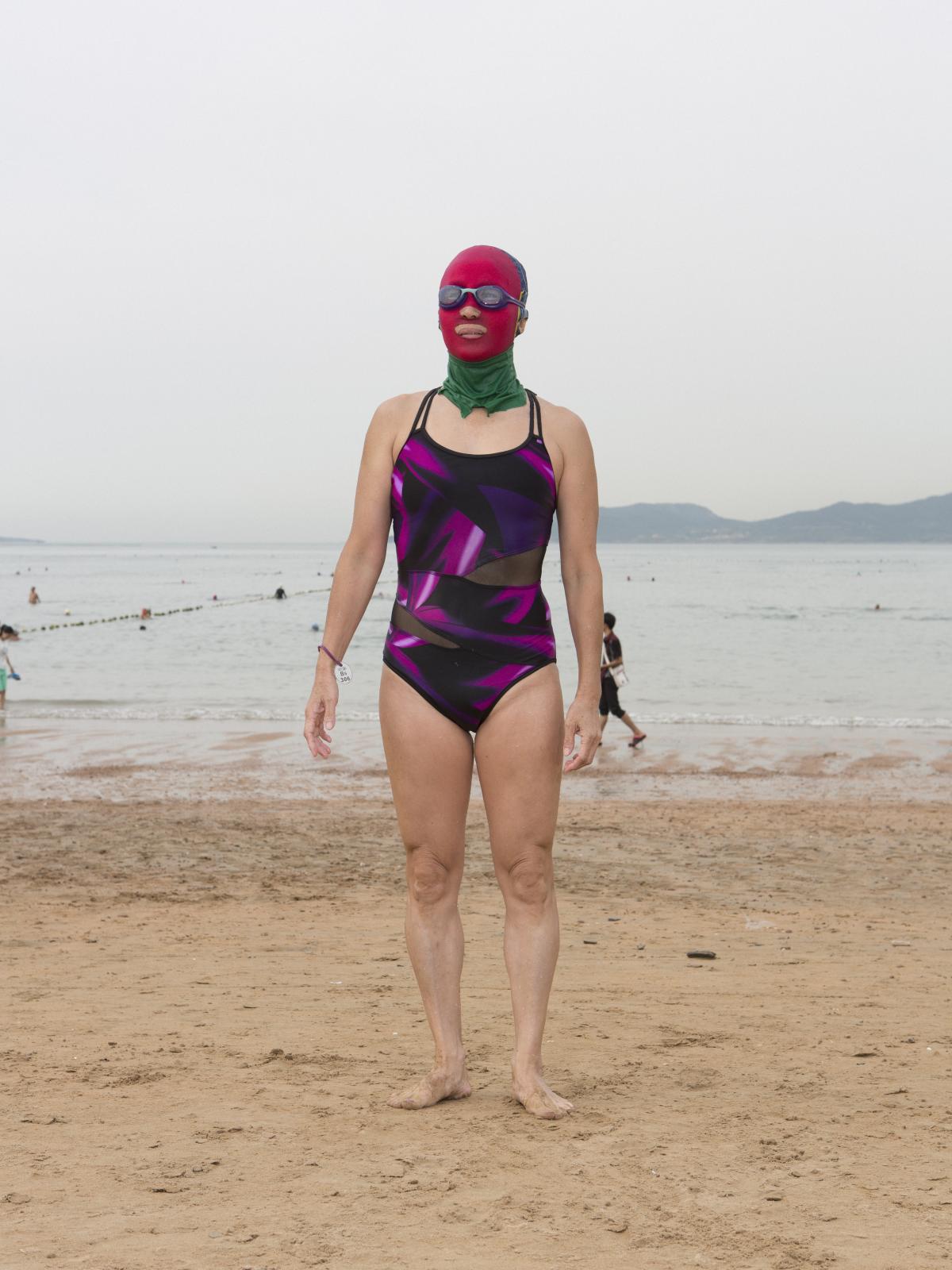
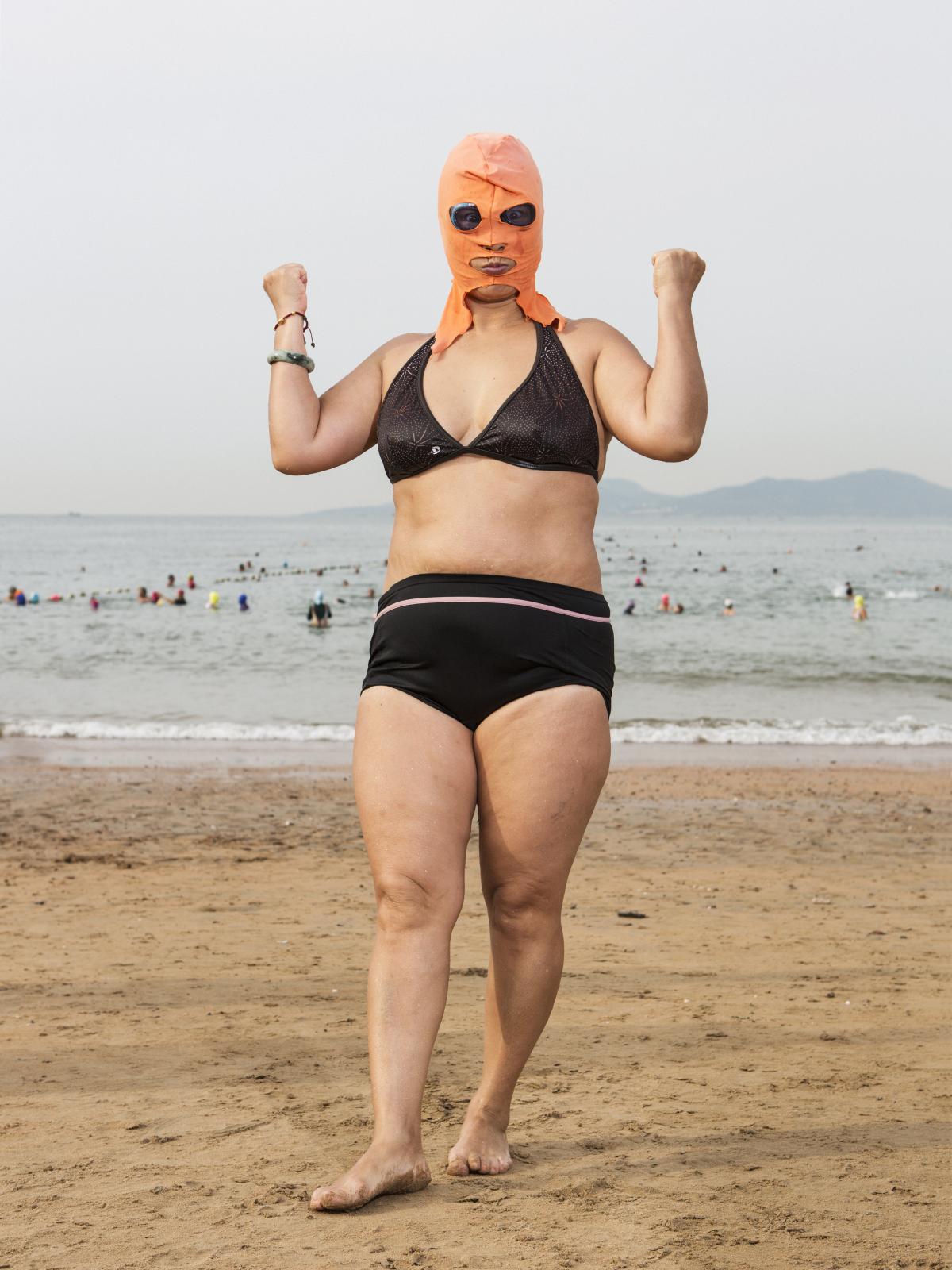
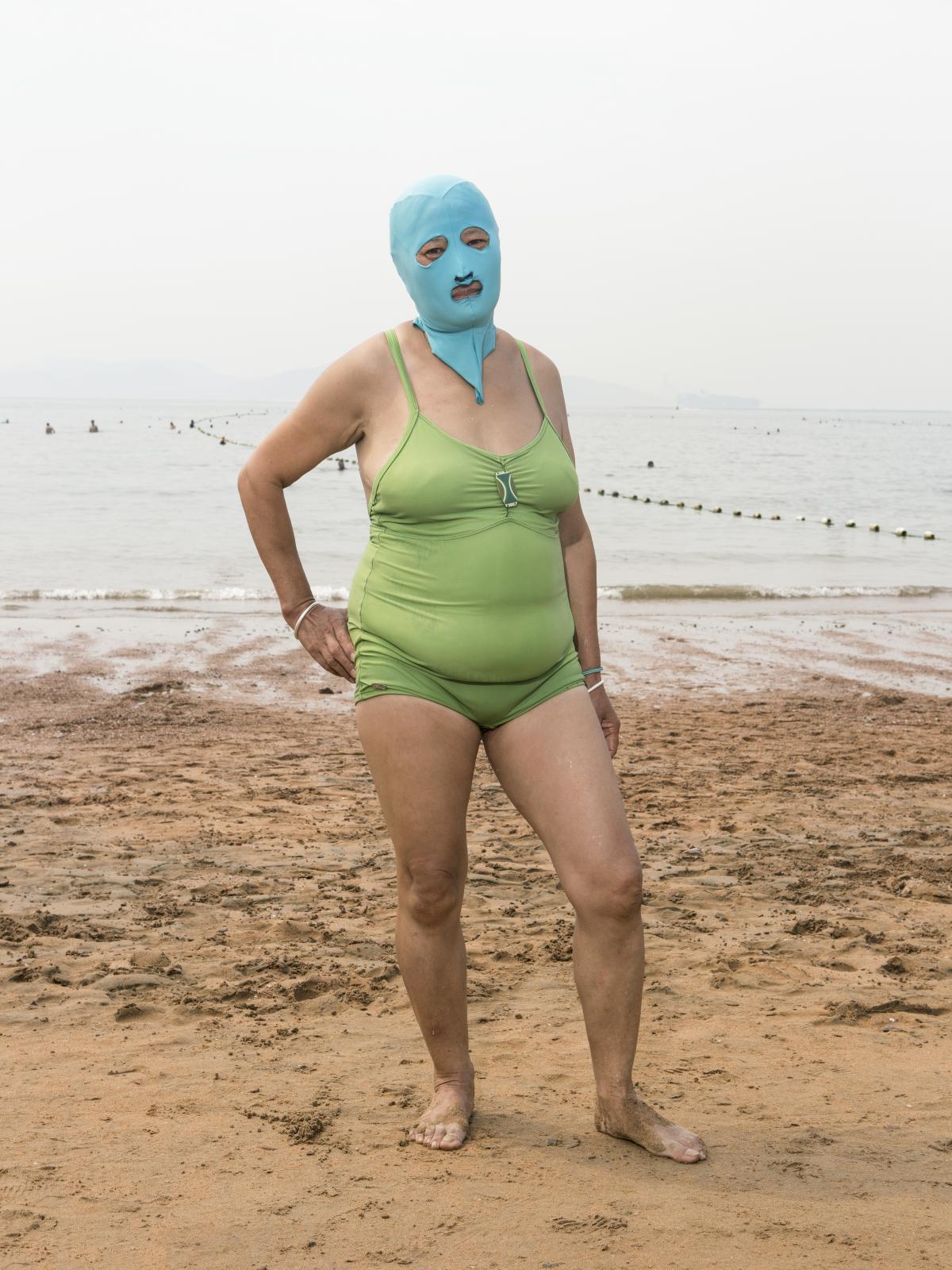
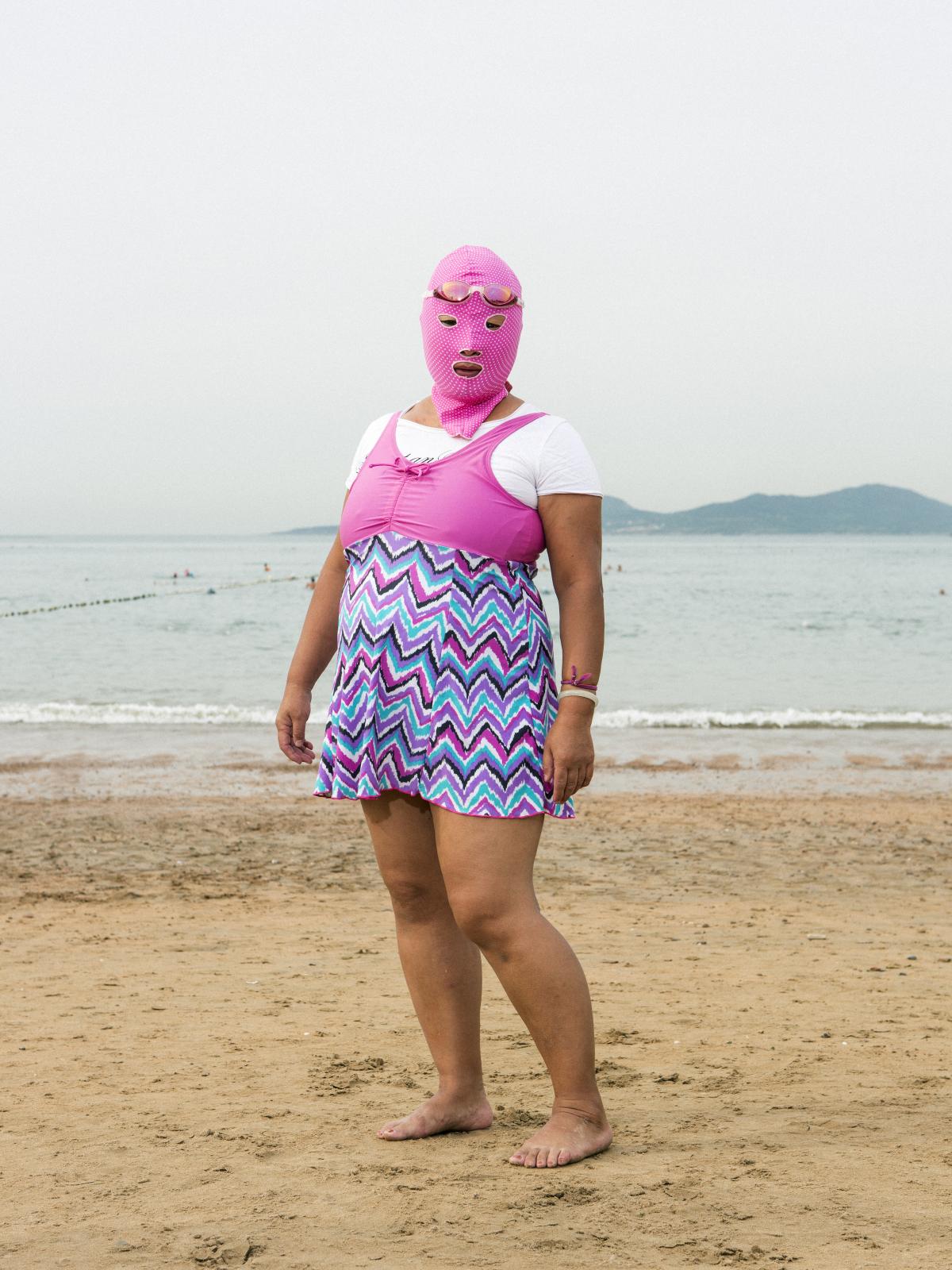
Originally, many women made their own facekinis out of scrap materials like old clothes or swimsuits, resulting in a kaleidoscope of different patterns, shapes and colours, each masking a reflection of its wearer. Since then, the facekini has evolved from a DIY project into a popular fashion accessory, with mass-produced models available for sale.
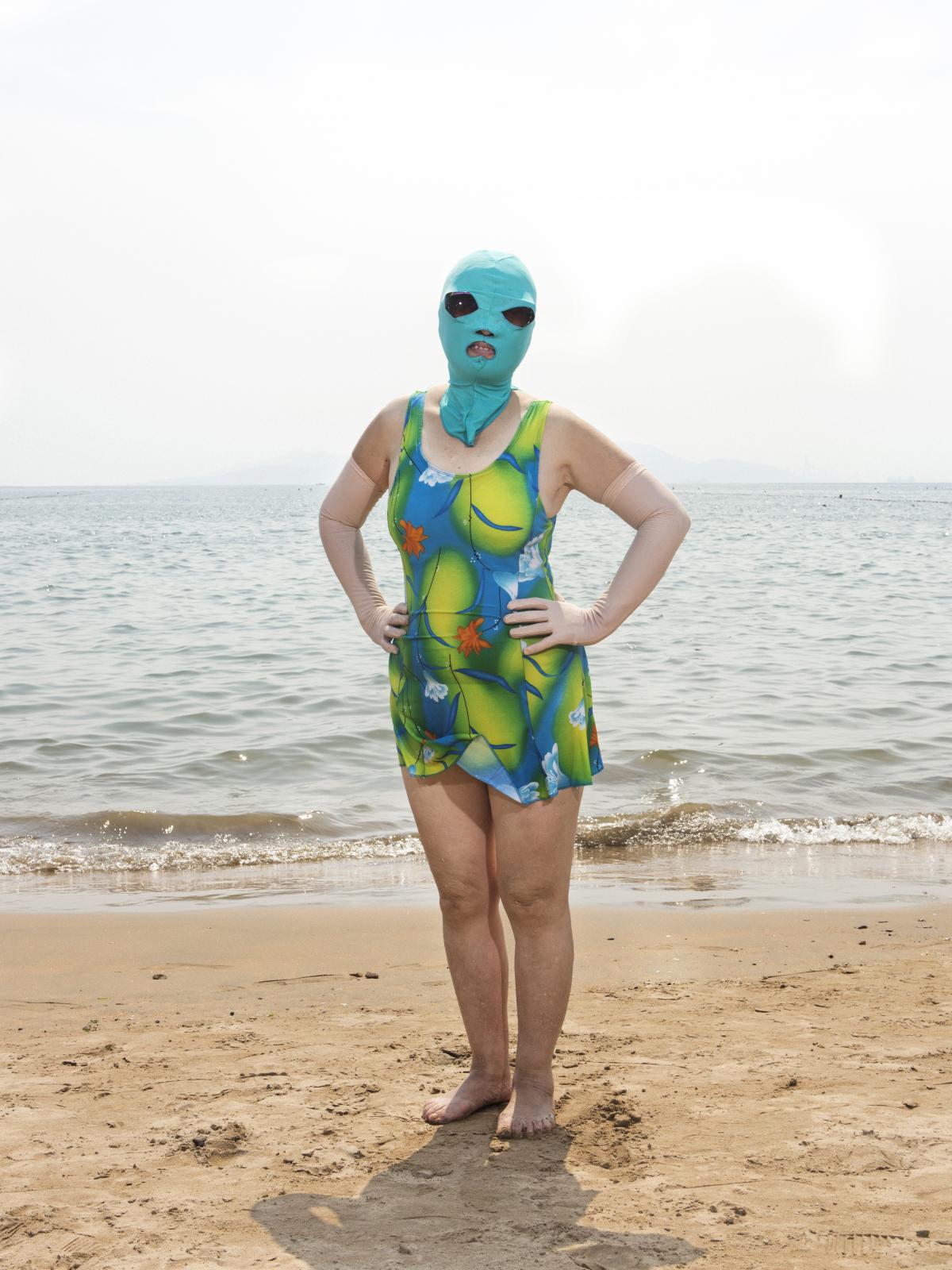
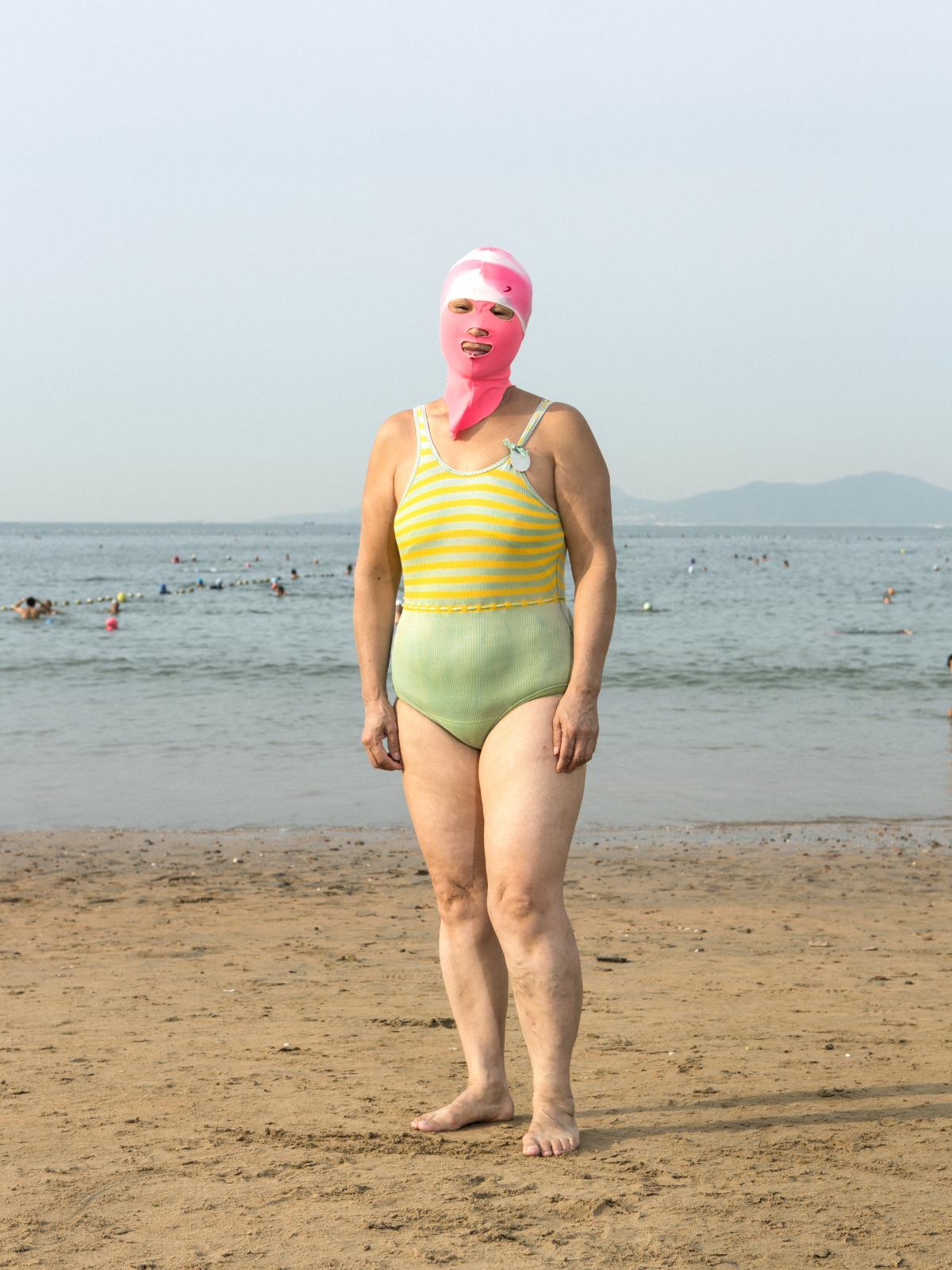
Photographer Peng Yangjun captured this surprising fashion trend which is credited to Zhang Shifan, a former accountant who is now owner of a swimwear store.

